Rethinking Board Recruitment Through The Power of Connections Over Contributions
In the nonprofit sector, board recruitment is often framed as a checklist: ensure governance experience, look for diversity, seek passion for the mission, and—of course—pursue fundraising capability. A recent Chronicle of Philanthropy article, “6 Steps to Turbocharge Your Board Recruitment,” highlights many of these important considerations, including readiness, mission alignment, and maintaining a candidate pipeline.
Yet one of the most critical factors in building a successful board remains underemphasized: connections.
When we talk about a board member’s value, we too often default to their personal giving capacity. But in today’s complex fundraising and engagement environment, the most valuable board members are often those who open doors—those who bring new networks, new voices, and new visibility to your organization.
The real question during recruitment shouldn’t be “What will this person give?” but rather, “Whom can this person bring to the table?” A board member who makes a $500 annual gift but introduces you to ten meaningful community leaders, prospective donors, or partners is creating exponentially more value than someone who gives $10,000 but remains disconnected and private.
This doesn’t mean personal giving doesn’t matter—every board member should support the organization to the best of their ability. But the impact of a well-connected board member is often far greater in the long run. They serve as storytellers and advocates, extending the nonprofit’s reach into untapped parts of the community. They bring in voices from allied groups, new sectors, or professional spheres that the organization may not have had access to otherwise.
Too often, boards are recruited with a narrow focus—finance professionals, legal advisors, wealthy philanthropists. What’s missing is a conscious strategy to ask: What groups, professions, or communities should know about our work, and who can help us build those bridges?
Effective board recruitment should be a mapping exercise, not a resume review. Where are our connection gaps? What spheres of influence are we missing? And who can help us tell our story in those places?
A strong nonprofit board is more than a group of generous individuals. It’s a network amplifier—one that brings attention, resources, and community buy-in through relationships, trust, and presence. As you think about your next board recruitment cycle, don’t just look at what someone can give. Look at where they can take you.
That’s where real transformation begins.


